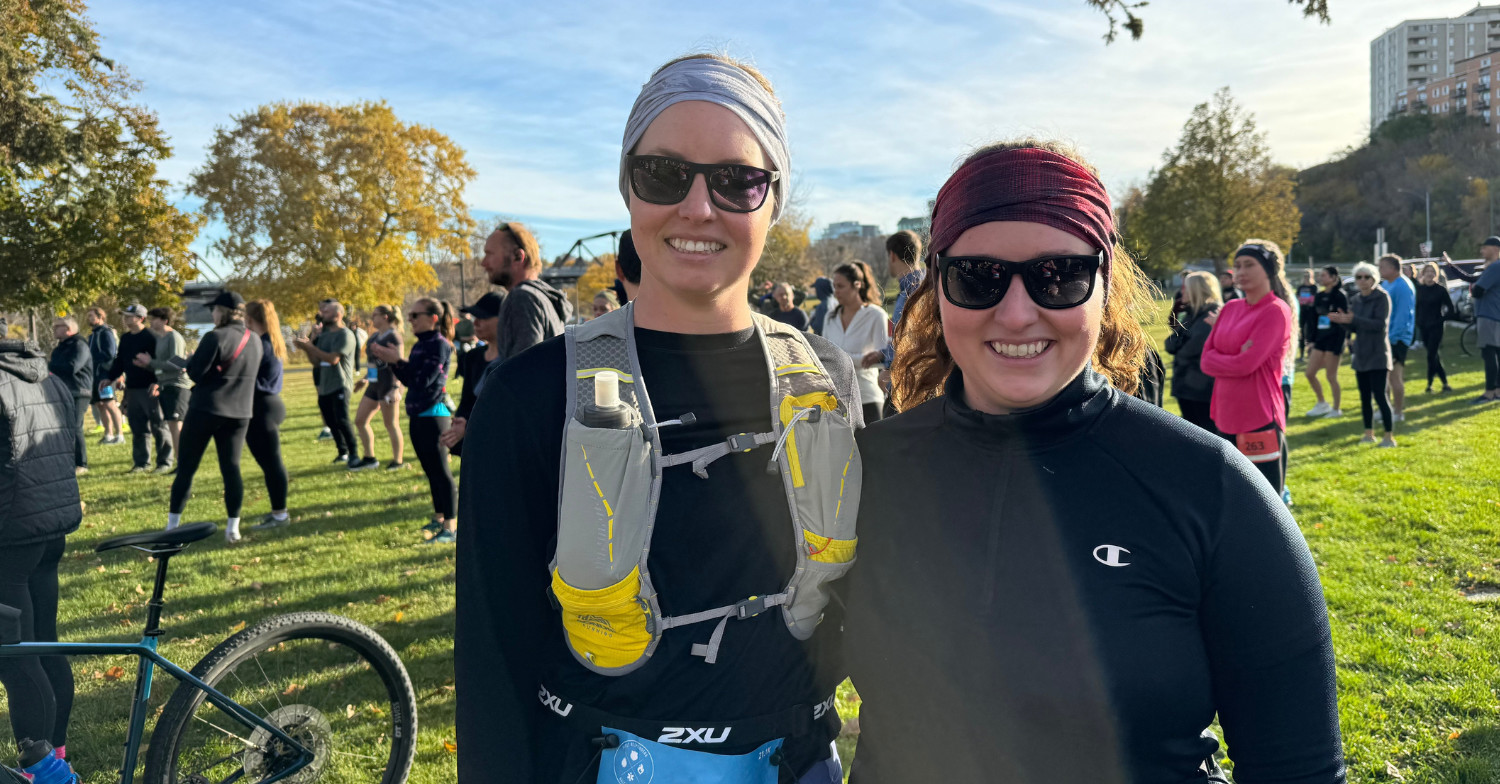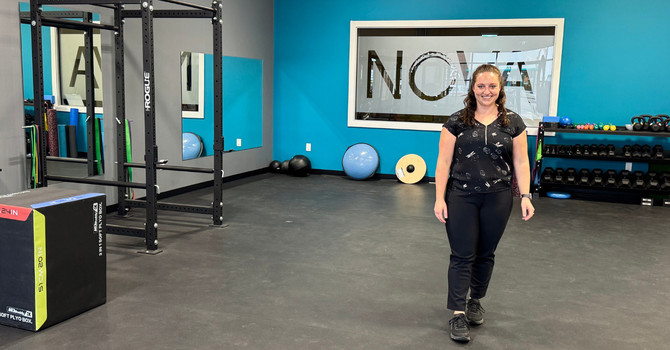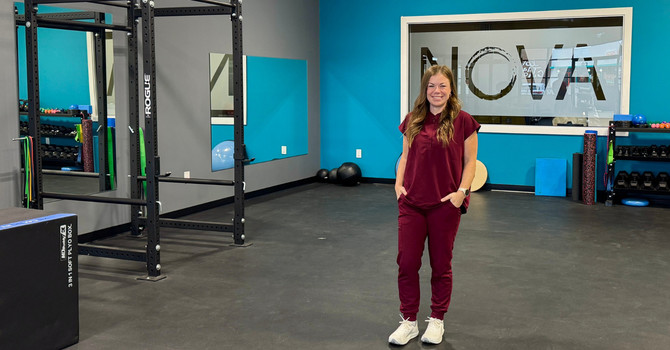
Why Running Form Matters
Running requires very little equipment and is a great form of exercise but can be taxing on the body. As a physiotherapist at Nova Physiotherapy in Warman, I’ve seen firsthand how poor running habits can lead to injury, pain, and frustration.
Whether you’re just starting or aiming to run farther and faster, learning proper running form is essential. It helps you move more efficiently, avoid injury, and enjoy running for many years.
I’ll walk you through the fundamentals of running posture, efficient running, and why working with a physical therapist can support your goals.
1. Head to Toe: The Basics of Running Form
Align Your Body for Smooth, Pain-Free Runs
Each part of your body plays a role in how you run. Let’s break down running form from top to bottom.
Here's what to focus on:
- Head: Keep your gaze forward, not down. This aligns your spine and keeps your posture upright.
- Shoulders: Relax them! Tension in the shoulders leads to stiffness and wasted energy.
- Arms: Maintain a 90-degree bend and swing them forward and back - not across your body. A controlled arm swing in running helps drive momentum.
- Core: Engage your core slightly. It supports balance and spine stability.
- Hips: Keep your pelvis level. Poor hip alignment in running is a common cause of lower back and knee issues.
- Legs & Feet: Land lightly under your center of gravity. Your footstrike pattern (heel, midfoot, or forefoot) should feel natural.
Quick Tip: Imagine a string pulling you upward from your head. It keeps your posture tall and aligned.
2. Footstrike Pattern: What You Should Know
How You Land Can Affect How You Feel
Many runners obsess over whether they should land on their heels or toes. But the truth isn't that simple.
Types of Footstrike Patterns:
- Heel Strike: Common in beginners. Can be safe if it's not too far in front of the body.
- Midfoot Strike: Balanced and often most efficient. It reduces braking force.
- Forefoot Strike: More common in sprinters. Can cause calf or Achilles strain if overused.
The key is to land under your hips, not in front of them. Overstriding causes most running-related injuries we see in physical therapy. There are many drills a physical therapist can teach you to help create a consistent footstrike pattern.
Tangible Takeaway: Film yourself running and ask a physical therapist to do a gait analysis.
3. Common Running Mistakes to Avoid
Quick Fixes That Can Prevent Injuries
Even experienced runners can fall into bad habits. Here are common issues we correct in our clinic
Top Mistakes
- Overstriding: Landing too far ahead. Fix this by increasing your cadence (steps per minute)
- Poor Arm Mechanics: Crossing arms over your body throws off balance. Swing back and forth.
- Slouching or Leaning Too Much: This strains your lower back and hips.
- Pelvis Dropping: Weakness in the hip musculature can lead to back, knee and/or foot problems.
- Inconsistent Breathing: Practice rhythmic breathing to stay relaxed and efficient.
- Too Much Volume: A gradually progressive plan is key to helping prevent injuries
Pro Tip: Use the “talk test.” If you can hold a conversation while running for distance, your pace and breathing are on track.
4. Easy Drills to Improve Your Running Technique
Simple Exercises to Build Better Habits
You don’t have to overhaul your form overnight. Here are a few easy drills we often recommend during physical therapy sessions:
Try These:
- A-Skips: Teaches knee lift and coordination.
- Butt Kicks: Warms up your hamstrings and encourages faster cadence.
- High Knees: Builds power and balance.
- Wall Drills: Helps reinforce posture and foot placement.
These drills only take a few minutes before a run but pay off big in the long term. We highly recommend learning these drills with your physical therapist and then practicing on your own. Observation and cues from a trained professional means you work towards doing the drills with proper technique.
5. When to See a Physical Therapist
Listen to Your Body and Get Support When Needed
If you’re experiencing recurring pain or suspect bad form, don’t wait until things get worse. A visit to one of our physiotherapists at Nova in Warman can help pinpoint what’s going wrong.
We Can Help With:
- Gait analysis and feedback
- Hip alignment in running
- Injury prevention plans
- Personalized stretching and strengthening routines
Reminder: Running should feel strong - not painful. Pain is your body’s way of saying something’s off.
Small Changes, Big Results
Improving your running technique doesn’t have to be complicated. With consistent practice and awareness, you can develop efficient running habits that keep you pain-free and motivated.
Start with the basics: posture, arm swing in running, footstrike pattern, and breathing. If you’re unsure where to begin, book in HERE with a physical therapist at Nova Physiotherapy for personalized support.
Your body will thank you.
Takeaways Recap
- Keep your posture tall and relaxed.
- Swing your arms straight, not across.
- Land under your center of gravity.
- Focus on cadence over stride length.
- Use warm-up drills to build better habits.
- Get help from a physical therapist when needed.


.jpg)

